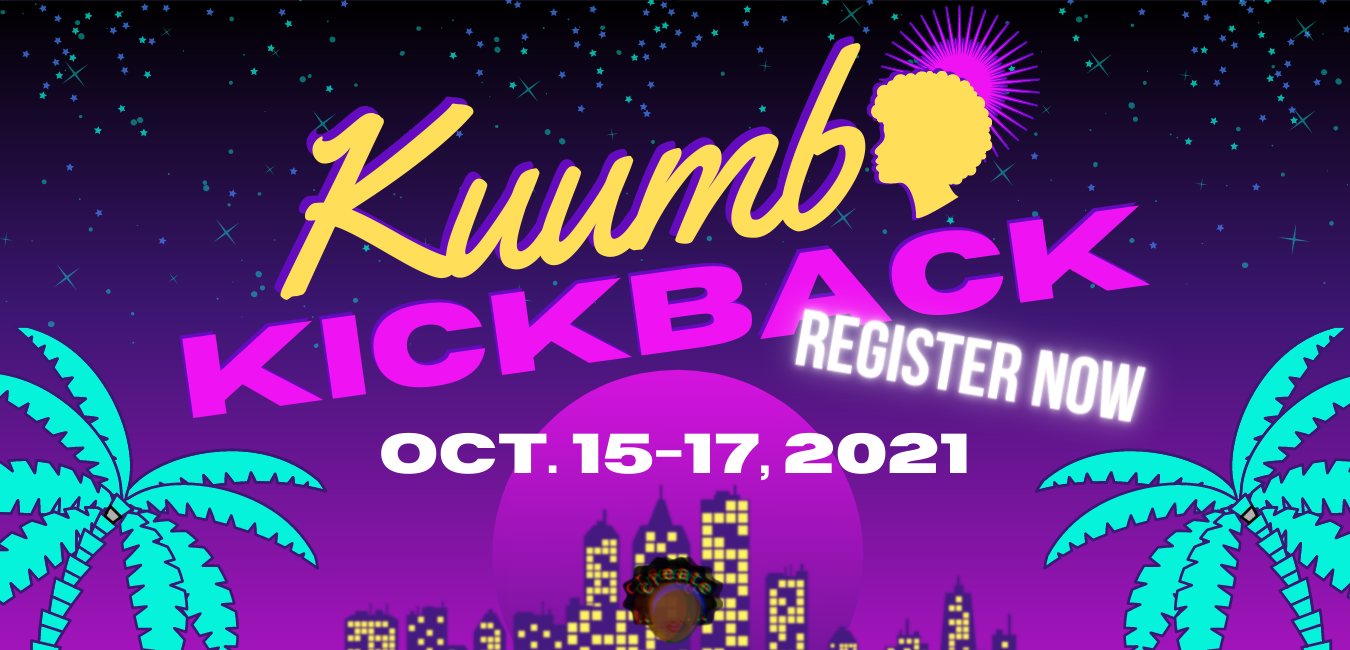NAAAW: A Magical History

Upon the ratification of the thirteenth amendment, African American wizards decided to come together and create an organization focused on their wellbeing, currently known as the National Association of African American Wizards aka NAAAW (previously known as NANW). Haywood Bellgrove, Clara Little, Willie Nipson, Ruth Anne McCoy, Mamie Freeman, twin brothers Herman and Thurman Gott, and Josephine Delonge are the founding members. This group of formerly enslaved conjurers, freedmen, and Underground Railroad participants gathered to ensure the safety of their people throughout the United States by working together to fight against unjust laws both in the No-Maj and magical community. NAAAW’s founders felt that they were best equipped to handle community grievances and the mounting racial tensions that went largely unacknowledged by the current magical government.
Originally modeled after tribal councils, the representatives from each region of the United States gather together to vote and make decisions on behalf of their constituents. With the abolishment of Jim Crow lessening its grip on the African American Community, NAAAW has become more willing to work with MACUSA (The Magical Congress of the United States of America), especially members in Washington D.C. and New York. However, the vast majority of African American wizards are unhappy with this arrangement. The decision to reveal the presence of Black American wizards to the world was not well received by all. A few wealthy Black wizards within the organization decided that they did not want to live in the shadows anymore and thought that the best way to move wizarding kind forward was to join forces with MACUSA. The decision was made without a vote and on July 4th, 1965, when Jeremiah Ratliff exposed the world to the deep secret of magical Black American people. He was believed to have been paid handsomely by wizards in both the D.C. and New York regions. Unfortunately, the truth of their potential involvement has not been unearthed as Jeremiah was assassinated only two days later. These events plus racial tensions in America has led to distrust in both NAAAW and MACUSA.
The Civil Rights Movement
Due to the prominence of Dr. Martin Luther King, Jr. and other ministers, it’s almost impossible to separate Black Christianity from the Civil Rights Movement. In the Black No-Maj community, magical ability was greeted with strong dislike, causing most African American wizards to hide their abilities from their peers. However, after the sobering kidnapping and murder of a young boy named Emmett Till on August 28, 1955, the magical and No-Maj community put aside their differences and began working together.
NAAAW members joined in non-violent protests throughout the United States, secretly protecting their non-magical brothers and sisters. Using defensive spells in Haitian Creole such as “Dezame,” a disarming charm, “Konfizyon,” a spell which causes confusion upon its recipient and “Pwoteje,” a shield charm, the wizards were able to protect their peers while still being under the radar from both wizards and No-Maj. These spells, while working in agreement with the methods of resistance, helped save many lives, though they were not able to save everyone.
The spirit of resistance and the desire for freedom and community well-being has continued to be a major part of NAAAW’s guiding principles. Members have been linked to Vietnam War resistance efforts, the Black Panther party, and most recently the Black Lives Matter movement. Not limiting itself to efforts in the United States, NAAAW is part of The International Congregation of Colored Wizards (ICCW) which unites Black and African wizards around the globe. Most notably, they have worked with the ICCW during the Civil Rights movement in Britain and Apartheid in South Africa. Currently, NAAAW is working together with ICCW to find solutions to humanitarian crises such as rebuilding efforts in the Caribbean and the treatment of the Windrush Generation.
The British anti-Muggle movement led by Lord Voldemort that gained traction in the 1970s-1980s and again in the mid-90s has once again found itself in the forefront of ICCW’s activism in the 21st century. By intermingling with the general anti-immigration sentiments in both the United States and Great Britain, the movement has become far-reaching. Black American and other non-white wizards of today are working together to find solutions to combat the growing number of Dark Marks, a symbol of fear and hatred, that have been appearing in the sky, along with other intimidation tactics.
Building and Community
Hidden in the coastal wetlands of what is commonly known as the bayou, NAAAW headquarters is a beautiful marble underwater facility. The enchanted windows make the inside of the building feel and look like an aquarium. Annually, the building is brought to the surface for Juneteenth celebrations that attract Black wizards from all over the country. The celebrations usually last for several days and are filled with music, laughter, food, and preparation for the upcoming magical school year.
In 2012, after over three decades of hostility from MACUSA, the Beauvais family has regained their status as a high ranking wizarding family. As far back as the early 1800s, the Beauvais have been an integral part of NAAAW’s success. Amity Beauvais, nee. Bellgrove, used her connection to younger brother and NAAAW co-founder, Haywood Bellgrove, to assist in opening her home as a station on the Underground Railroad. The Beauvais home was used as an early meeting place for NAAAW council hearings and as a training post for wizard civil rights activists. This familial legacy and prestige has led to the Beauvais Family Wand Shop becoming a popular destination for wizards that work within MACUSA and those that are headed to Ilvermorny.

